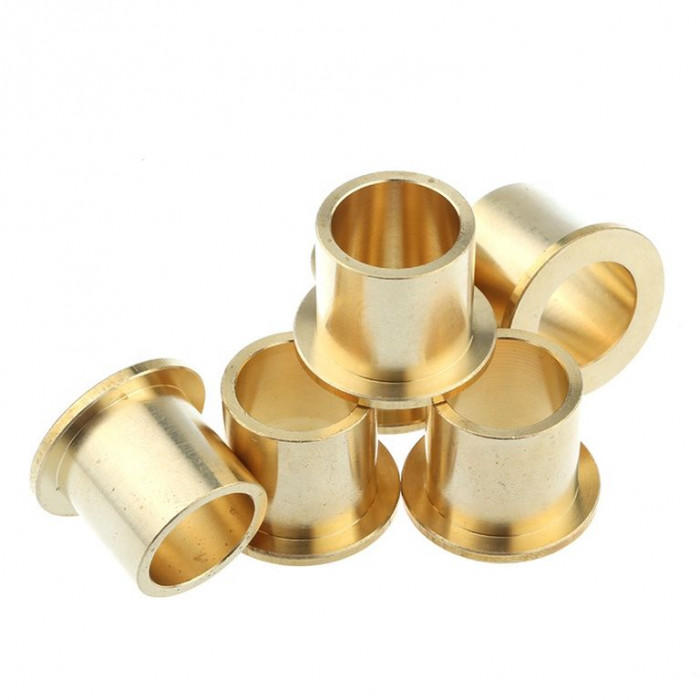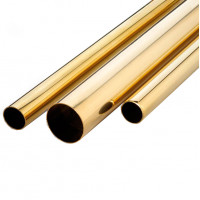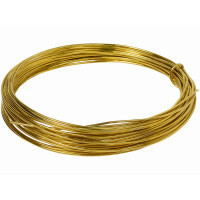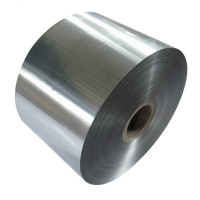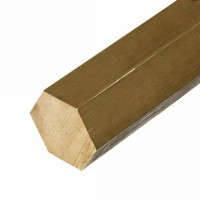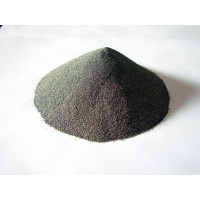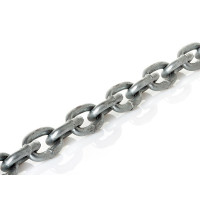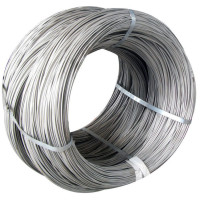The brass sleeve L63 151х73х69 mm is a symmetrical piece in the form of a cone or a cylinder. The axial hole in the bushing serves to accommodate a part of the mating element inside it.
Brass bushings are made at metallurgical plants. Their sizes, depending on the purpose of the finished product, vary significantly. Thus, the diameters of the bushings produced can vary from 35 mm to 1 m or more.
The sleeve, as an element of a machine or mechanism, helps to lengthen the life of the entire unit and significantly reduces the possibility of its breakdown.
The chemical composition of brass bushings is determined by GOST 15527-2004. The dimensions of copper products (and brass in particular), as well as permissible deviations, are determined by GOST 4379-2006. It replaced the standards: GOST 1978-81, GOST 24832-81, GOST 29201-91. The casting method for the production of brass bushings is centrifugal casting. This is the main method aimed at obtaining high-quality castings of any, even very complex configuration. It is used along with casting into the ground and into the mold.
Depending on the purpose of the machine unit, the bushings are divided into fixing, transitional, connecting, bearings, etc.
Bushings-bearings are used most often. Such parts are made of alloys with high anti-friction performance. This is done to improve the performance of the hub/axle or hub/trunnion assembly as a whole.
Brass bushings are distinguished by wear resistance, strength, elasticity and resistance to aggressive working conditions. These qualities are necessary for the operation of machines and mechanisms:
- in the industrial industry (here these are parts of equipment for stamping and forging, rolling mills, hydraulic presses);
- in the mining industry (parts of mining excavators, coal combines, crushers);
- railway transport (bushings play the role of liners in the bearings of locomotive motor-axle pairs);
- in the production of heavy vehicles;
- in hydropower (in the working units of hydroturbines of various types).
Brass bushings are a reliable protection of any mechanisms from the effects of friction. Thanks to them, the service life of components and mechanisms is significantly increased, in addition, the risk of emergency situations is reduced by an order of magnitude. When exposed to friction forces, this part, made of a softer material than the assembly itself, takes on these forces and resists them, while wearing out. But the surrounding surfaces remain intact.
Brass bushings are used in pumps, automobiles, agricultural and special equipment, food, chemical, pharmaceutical, crushing and electrical equipment.
Documents governing the production of such products are a variety of industry standards and specifications. Product brand - lts40s, lts16k4, ls, lmtss, lux, lo, l 59-1, l63.
Methods for the production of brass bushings
The production of brass bushings is carried out by precision centrifugal casting, while the casting can have any complex shape - modern technologies used in non-ferrous metallurgy allow this. Filling the mold with molten alloy and its subsequent solidification are carried out strictly in a given direction in the field of action of centrifugal forces. As a result, a very high density of the metal, including in the outer layers of the product, excellent mechanical properties of the parts and maximum accuracy of the products. This method allows minimizing the final machining of the sleeve and reducing the cost of its production. However, products are supplied to the market not necessarily in a completely finished form, sometimes as blanks for bushings, which will require subsequent machining - primary (turning, milling) and final (grinding).
Classification of brass bushings
Products in this category can be classified as:
according to the brand of brass used;
by type of delivery to the market - as a finished product or as a blank for further processing;
for additional processing - without processing and with it;
by inner and outer diameters;
along the length of the product.
The main parameters of the product are their length, as well as the outer and inner diameter in mm. It is these values that form the basis of the product labeling, along with the brand of raw materials and the regulatory document for the manufacture of products (GOST or TU).
The sleeve, as an element of a machine or mechanism, helps to lengthen the life of the entire unit and significantly reduces the possibility of its breakdown.
The sleeve, made of brass, is less durable than the main parts of the mechanism. Being subjected to friction, it wears out faster, thereby maintaining the integrity of the remaining structural elements.
Advantages of brass bushing as details:
- high strength of the metal, which determines the long service life of the product;
- high resistance to friction and corrosion;
- low, in comparison with bronze analogs, prime cost.
Thus, brass is cheaper and more durable than copper and bronze. These qualities make her in demand.
Often brass bushings are used as multi-purpose plain bearings., providing an optimal ratio of affordability, quality and functionality. Bearings can be subjected to sufficient loads without breaking, and if they break, they do not damage other parts of the mechanism. They have high antifriction parameters and operate in a wide range of temperatures. Suitable for modes: heavy load - low speed, light load - high speed.
Sleeve LS59-1
The composition of brass LS59-1 includes, in addition to 0.75% impurities:
- copper - from 57 to 60%;
- zinc - from 37 to 42.2%;
- lead - from 0.8 to 1.9%.
Lead and zinc, acting as alloying additives, improve the physicochemical qualities of the alloy. Among brasses subjected to pressure treatment, grades L63 and LS59-1 lead in terms of use.
The positive qualities of these materials are:
- relatively low price;
- hardness combined with good machinability;
- high anti-friction and anti-corrosion properties.
Bushing LS59-1 is successfully used in various industries. In particular, it is used for the production of bushings of those machines on which it is then processed.
Sleeve LK
In addition to 2.5% impurities, the composition of brass LK includes:
- copper - from 76 to 81%;
- zinc - from 12 to 21.2%;
- silicon - from 2.8 to 4.5%.
In addition, nickel, iron, lead, antimony, manganese, phosphorus, tin and aluminum are present in the alloy.
The production method of LK bushings is casting. In this way, not only bushings are made, but also parts of a more complex shape, operated in sea water: gears, elements of friction units. Alloy LK has a low coefficient of friction combined with good machinability.
Production
The chemical composition of brass bushings is determined by GOST 15527-2004. The dimensions of copper products (and brass in particular), as well as permissible deviations, are determined by GOST 4379-2006. It replaced the standards: GOST 1978-81, GOST 24832-81, GOST 29201-91. The casting method for the production of brass bushings is centrifugal casting. This is the main method aimed at obtaining high-quality castings of any, even very complex configuration. It is used along with casting into the ground and into the mold.
The operation of centrifugal casting is based on the fact that molten metal is filled in a mold in a certain direction, taking into account the action of centrifugal forces.
The resulting casting is high-strength throughout, does not contain shells and slags. Centrifugal casting technology makes it possible to obtain high-quality bushing blanks, further processing of which is minimized, which significantly reduces the cost.
In order for the workpiece to become an element of a machine or mechanism, the operations of milling, boring the inner diameter and grinding are performed.
The non-ferrous metal obtained during centrifugal casting has a fine crystalline structure. It is strong, durable and inexpensive.
Sleeve selection
The grades of alloys that are used to make brass bushings differ in chemical and mechanical properties. The chemical composition of the alloy determines its mechanical characteristics. This must be taken into account when choosing finished products.
The price depends on the size and type of product. When choosing bushings, the customer needs to pay attention to such characteristics as:
- speed and temperature conditions;
- aggressiveness of the working environment;
- intensity of the "start-stop" mode;
- intensity of oscillatory movements;
- the value of the hardness of the sleeve material in relation to the rest of the details of the assembly;
- frequency of supply of lubricants.
Depending on the purpose of the machine unit, the bushings are divided into fixing, transitional, connecting, bearings, etc.
Bushings-bearings are used most often. Such parts are made of alloys with high anti-friction performance. This is done to improve the performance of the hub/axle or hub/trunnion assembly as a whole.
The adapter sleeve is used to pair parts of different diameters into a rotating assembly. Example: Mating a larger diameter spindle to a smaller diameter drill through an adapter sleeve. The adapter sleeve is used to fix the inner rings of bearings on a shaft or on an axle.
In appearance, they are divided into cylindrical, composite, threaded, conical and split bushings. Sleeves in the form of a cylinder and a cone account for up to 90% of the total number of parts used.
In addition, brass bushings are also classified according to the following indicators:
- overall dimensions of the finished product (the value of the inner and outer diameter, length);
- brand of alloy from which the brass bushing is made;
- types and presence of additional processing.
Application
Brass bushings are distinguished by wear resistance, strength, elasticity and resistance to aggressive working conditions. These qualities are necessary for the operation of machines and mechanisms:
- in the industrial industry (here these are parts of equipment for stamping and forging, rolling mills, hydraulic presses);
- in the mining industry (parts of mining excavators, coal combines, crushers);
- railway transport (bushings play the role of liners in the bearings of locomotive motor-axle pairs);
- in the production of heavy trucksfoot transport;
- in hydropower (in the working units of hydroturbines of various types).
In addition, almost no household electrical appliance can do without brass bushings. It can be a blender, washing machine or hair dryer. The service life of these products directly depends on the quality of the brass bushings used for their manufacture.
You can buy a brass bush L63 151х73х69 mm from us at the best price in Ukraine. A wide range of products allows us to quickly and efficiently fulfill any order, helping to complete any construction work on time.
No questions about this product, be the first and ask your question.

